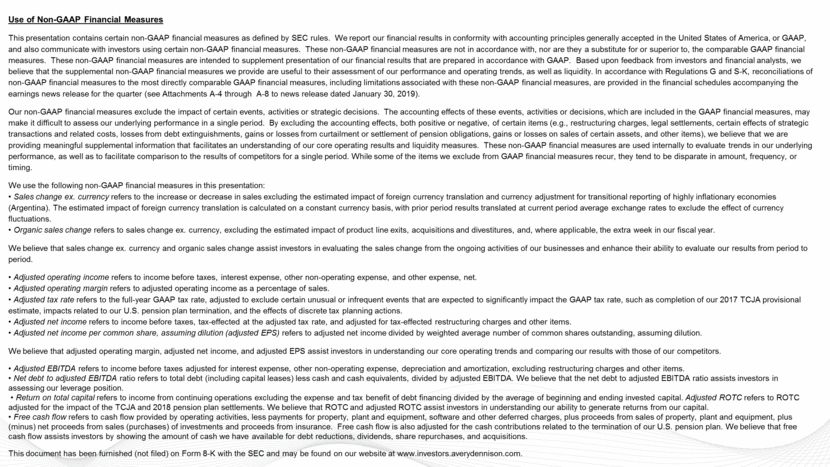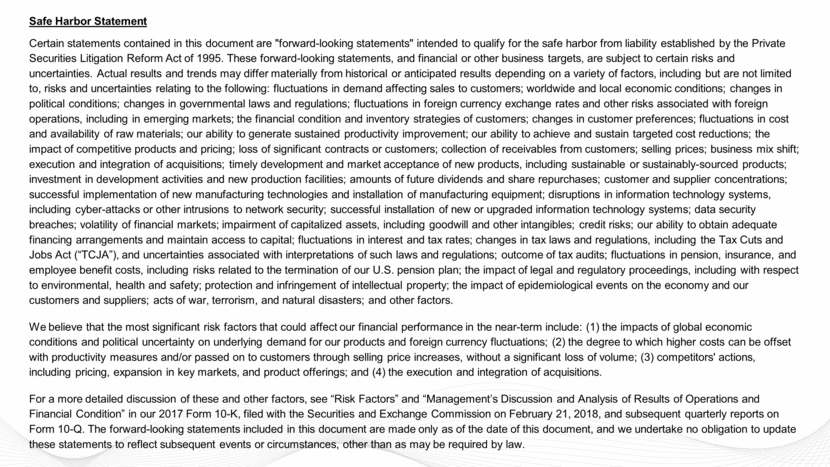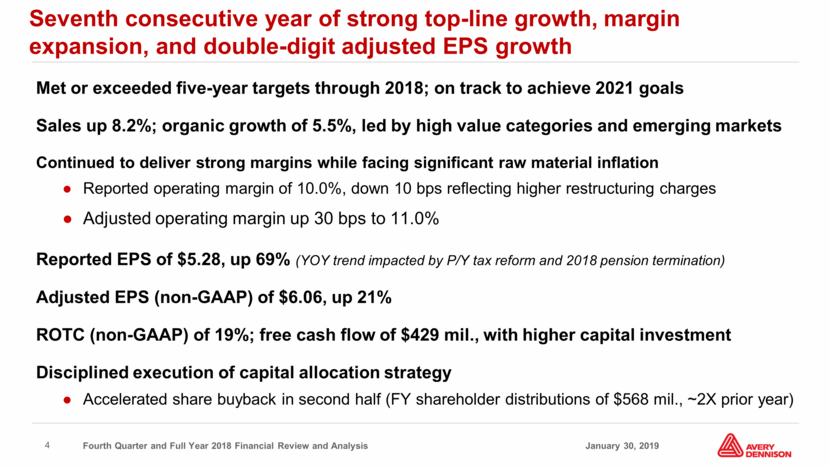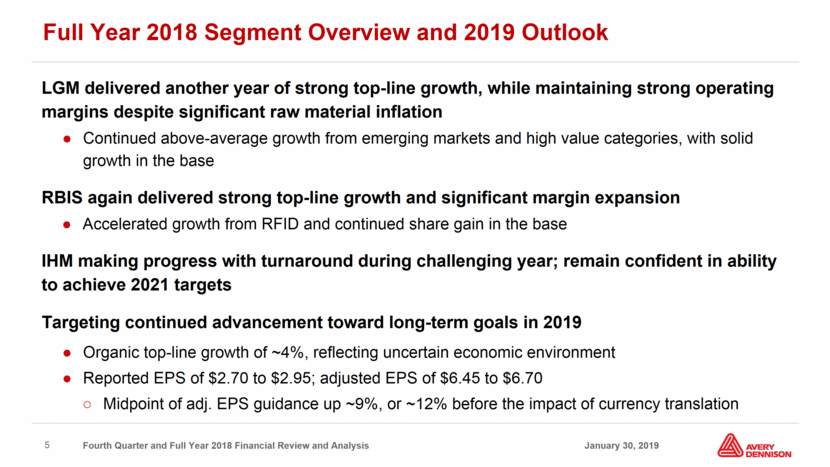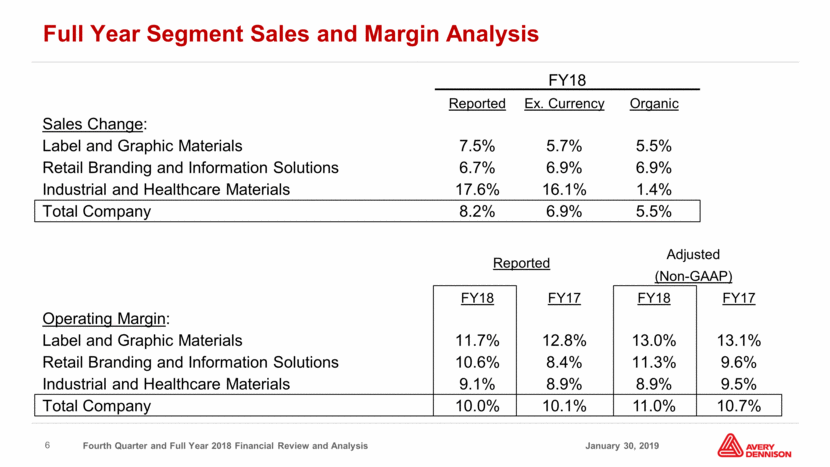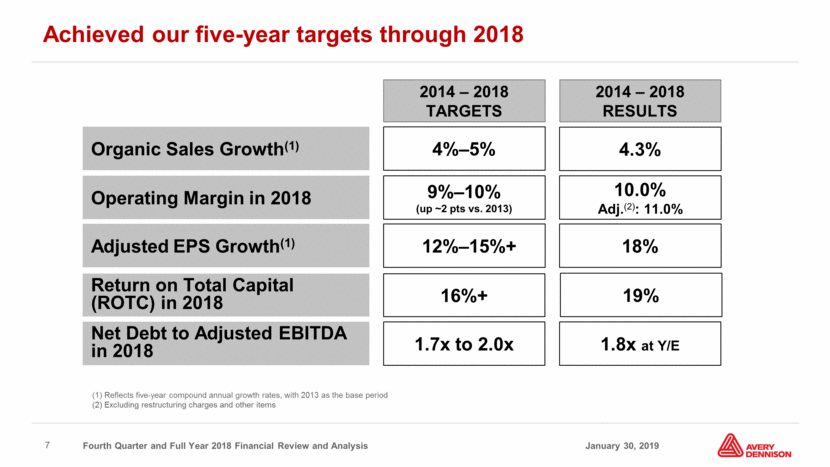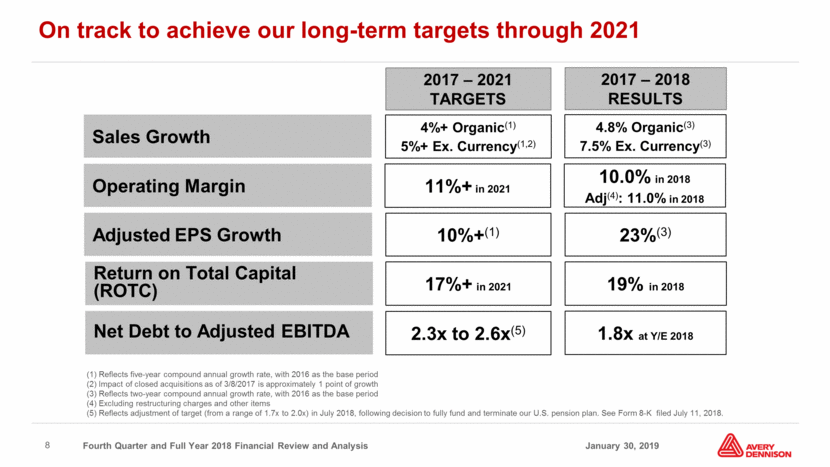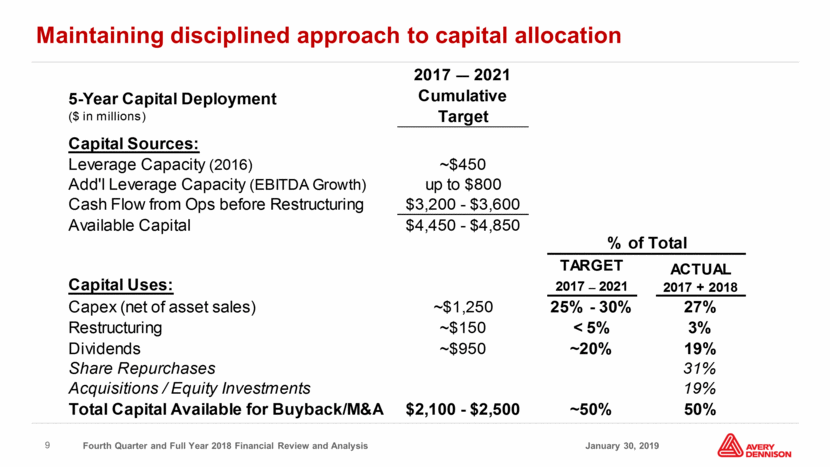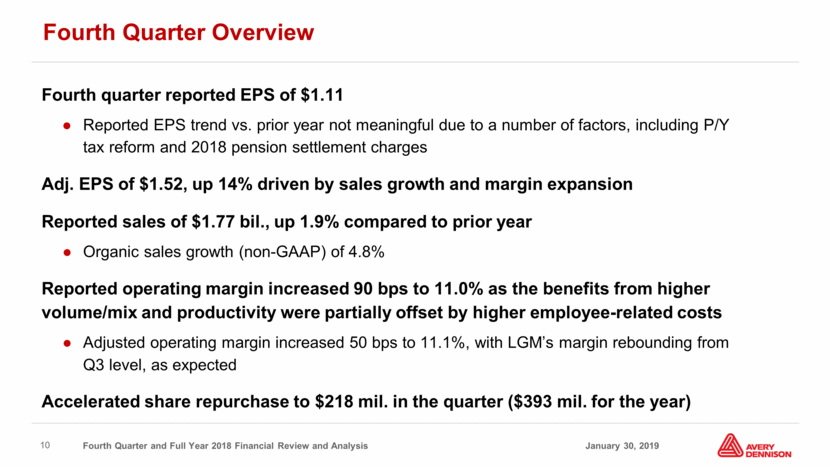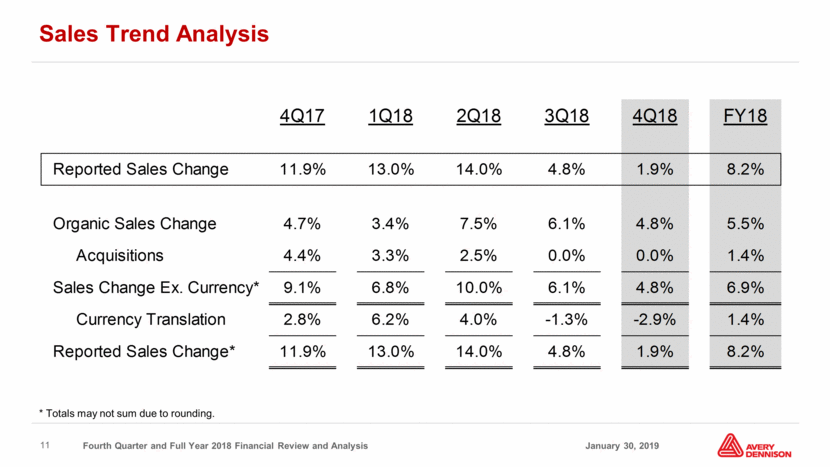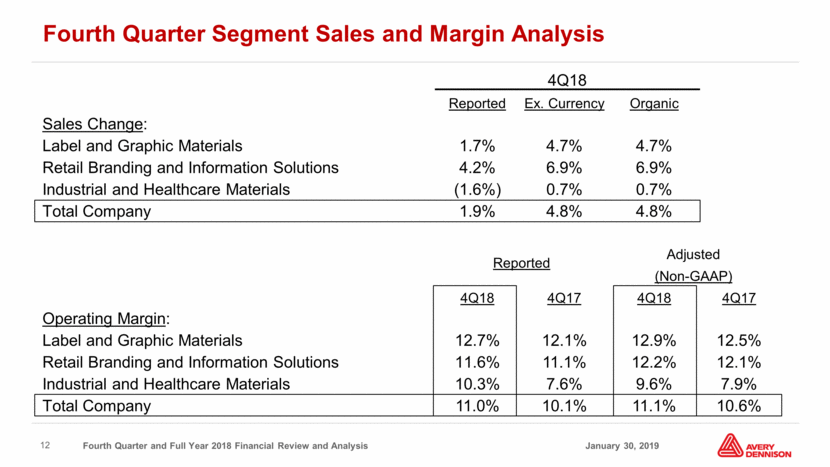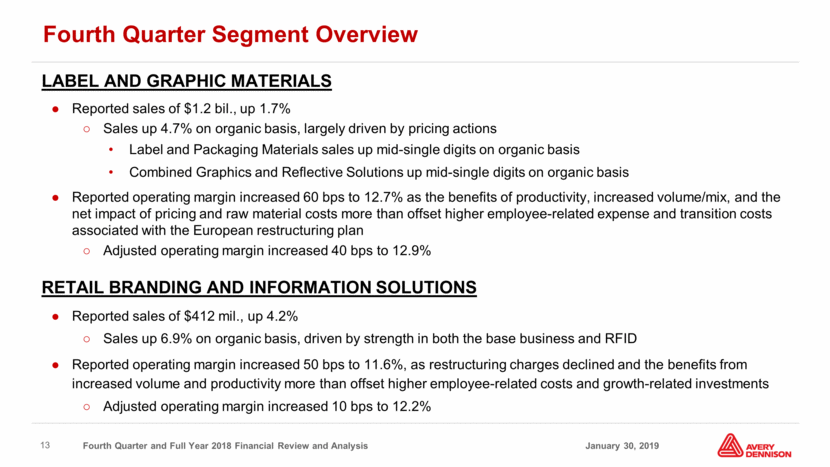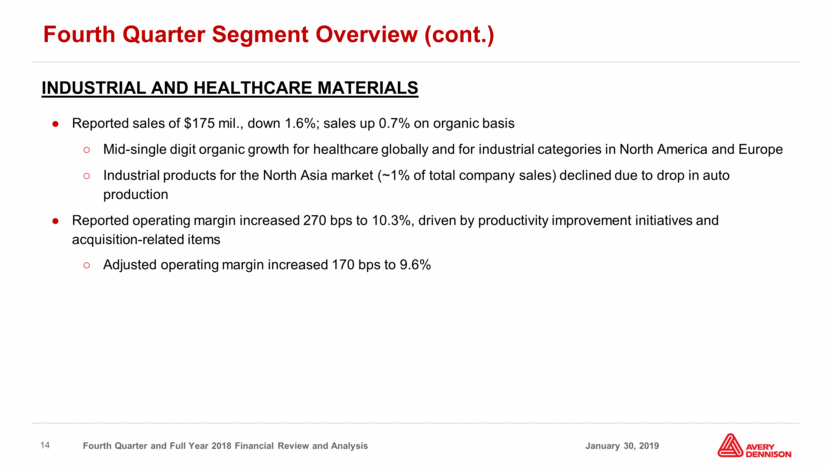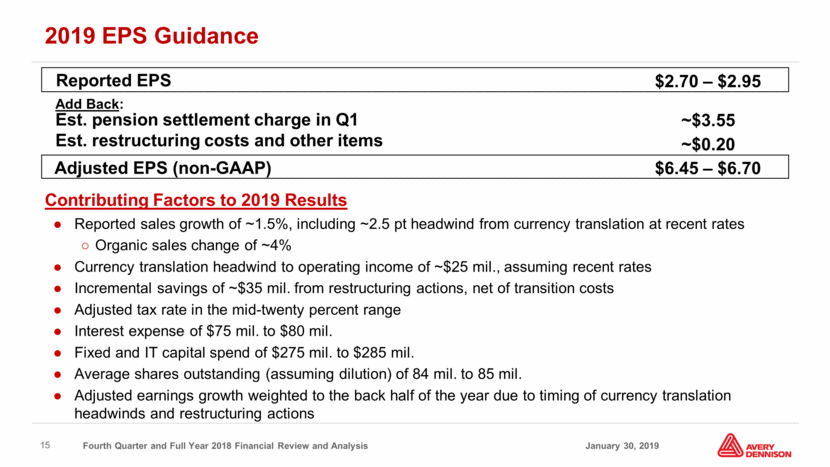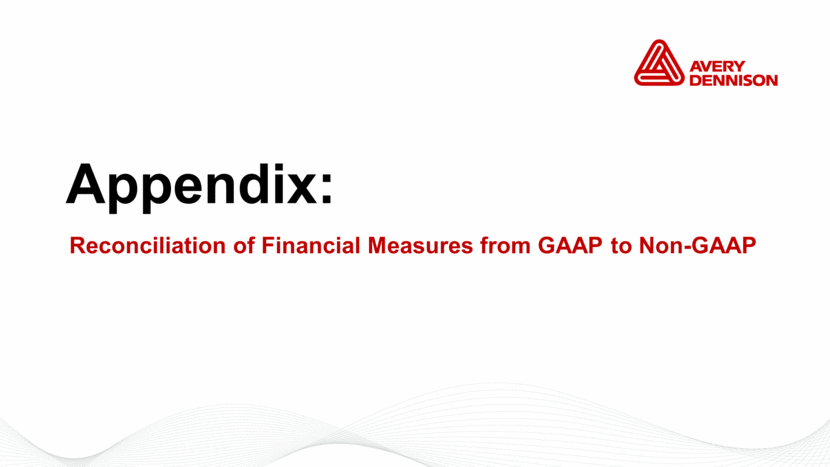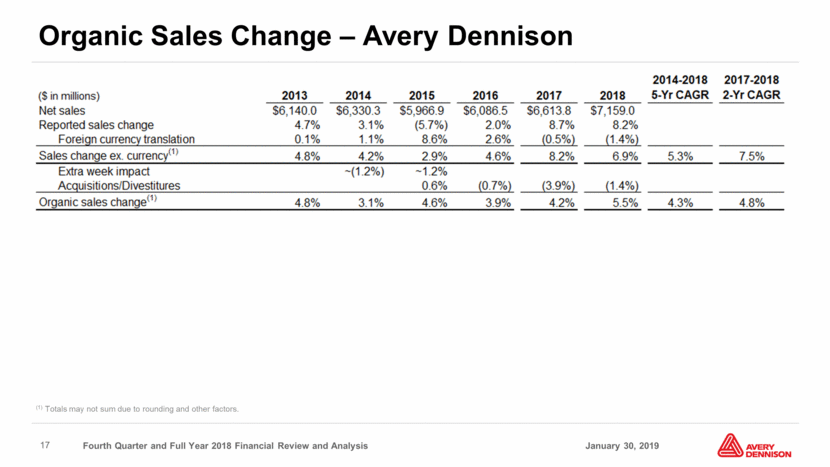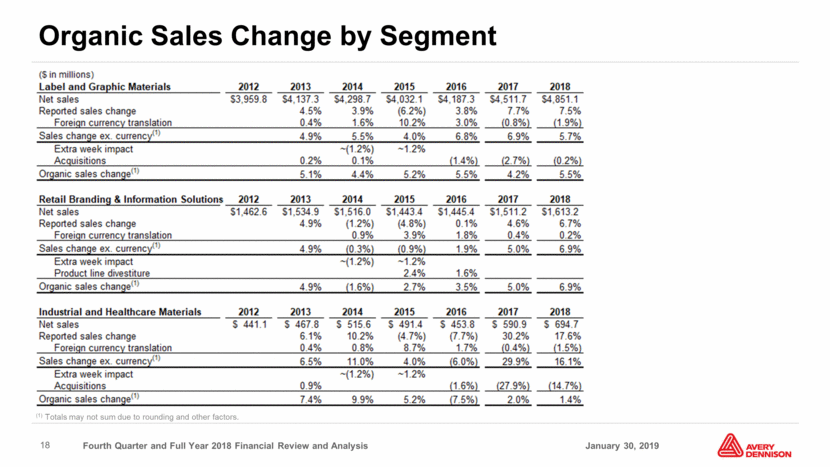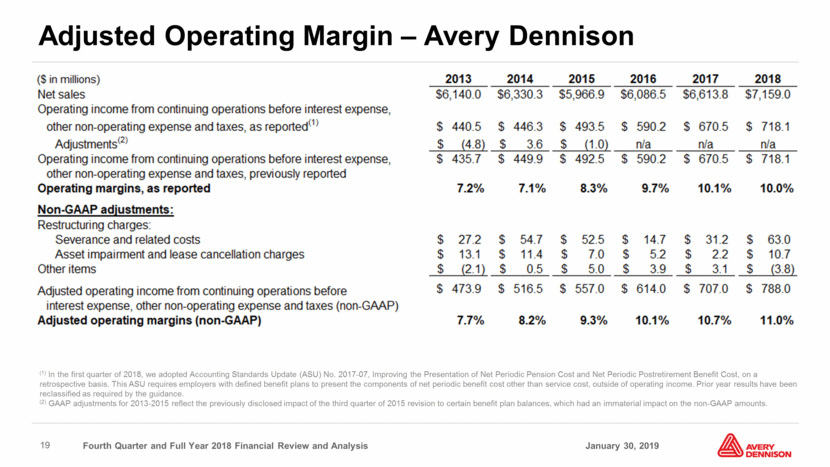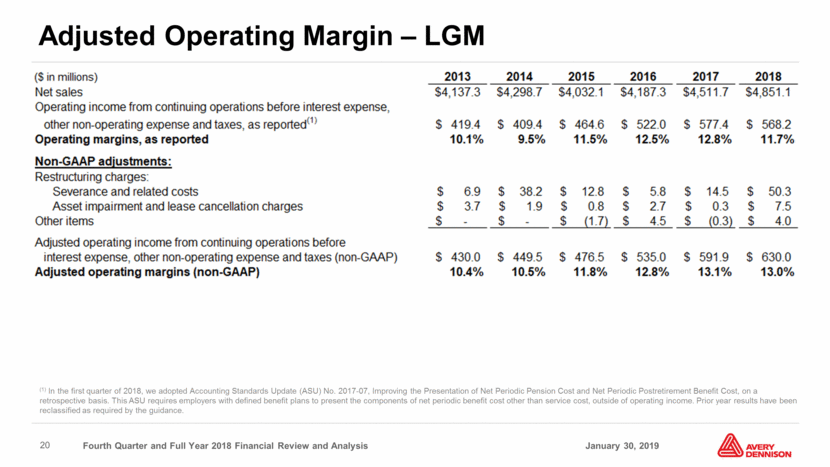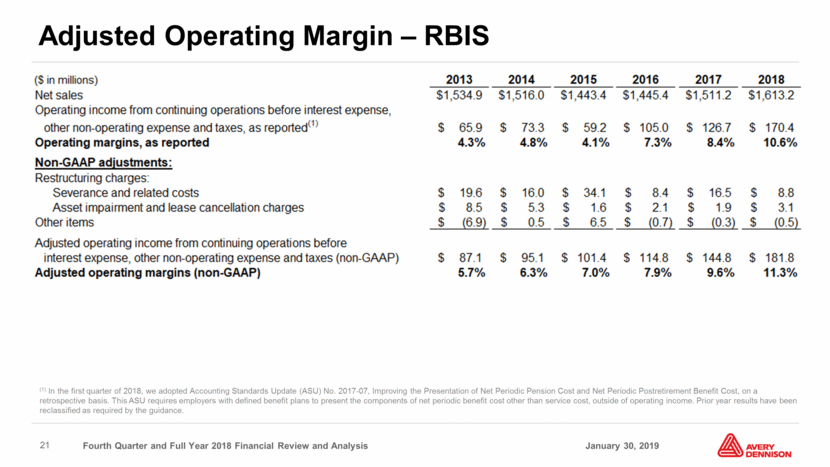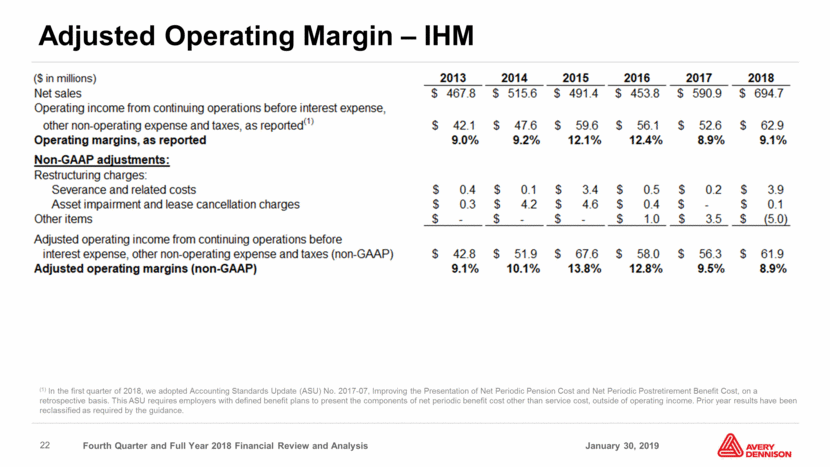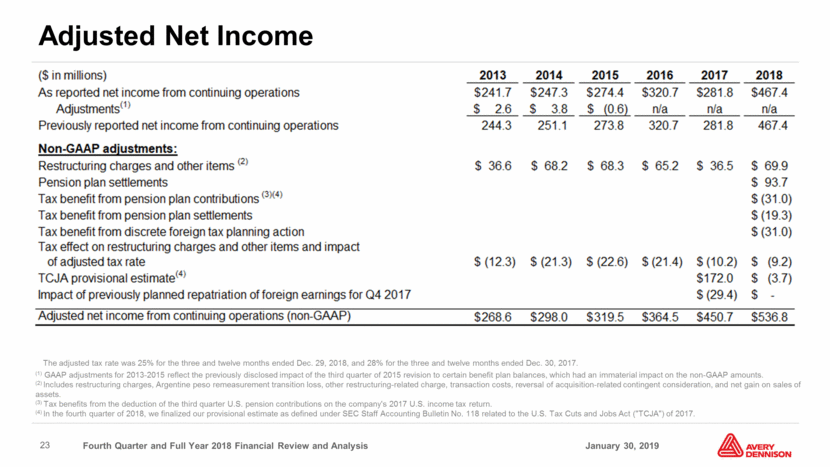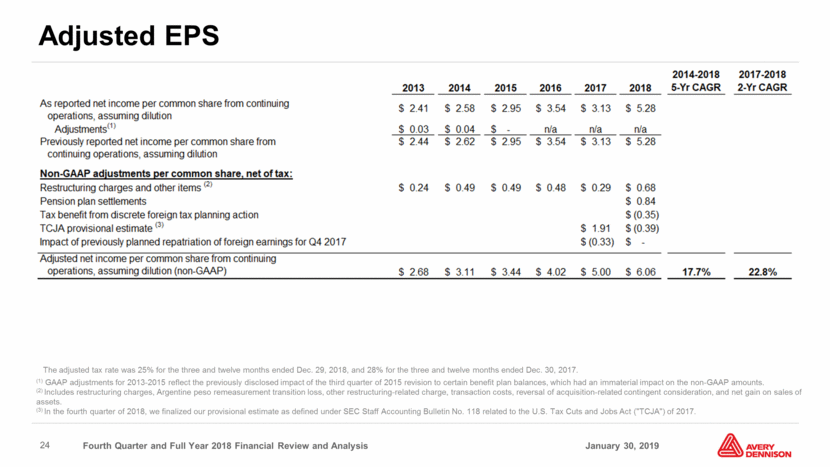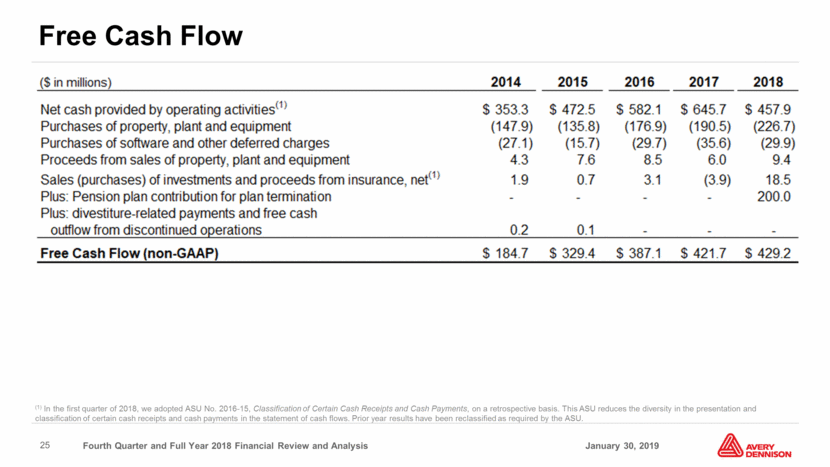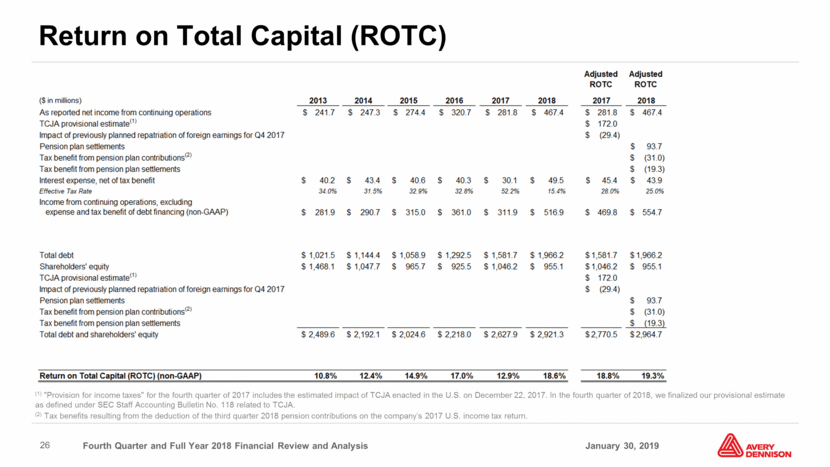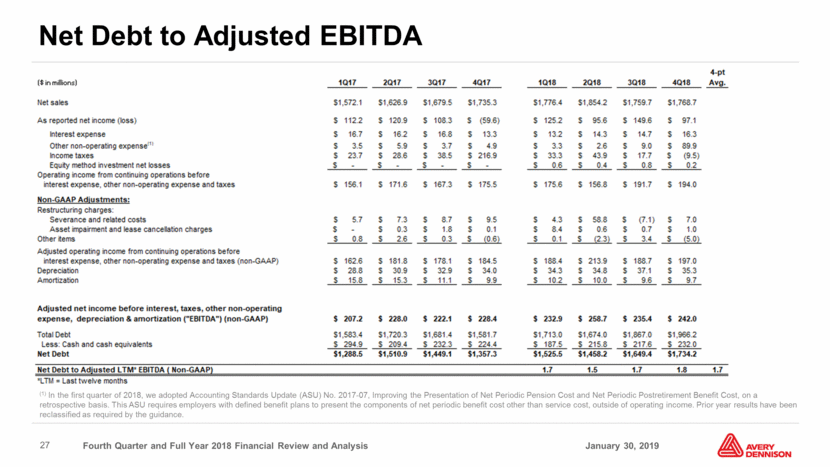Use of Non-GAAP Financial Measures This presentation contains certain non-GAAP financial measures as defined by SEC rules. We report our financial results in conformity with accounting principles generally accepted in the United States of America, or GAAP, and also communicate with investors using certain non-GAAP financial measures. These non-GAAP financial measures are not in accordance with, nor are they a substitute for or superior to, the comparable GAAP financial measures. These non-GAAP financial measures are intended to supplement presentation of our financial results that are prepared in accordance with GAAP. Based upon feedback from investors and financial analysts, we believe that the supplemental non-GAAP financial measures we provide are useful to their assessment of our performance and operating trends, as well as liquidity. In accordance with Regulations G and S-K, reconciliations of non-GAAP financial measures to the most directly comparable GAAP financial measures, including limitations associated with these non-GAAP financial measures, are provided in the financial schedules accompanying the earnings news release for the quarter (see Attachments A-4 through A-8 to news release dated January 30, 2019). Our non-GAAP financial measures exclude the impact of certain events, activities or strategic decisions. The accounting effects of these events, activities or decisions, which are included in the GAAP financial measures, may make it difficult to assess our underlying performance in a single period. By excluding the accounting effects, both positive or negative, of certain items (e.g., restructuring charges, legal settlements, certain effects of strategic transactions and related costs, losses from debt extinguishments, gains or losses from curtailment or settlement of pension obligations, gains or losses on sales of certain assets, and other items), we believe that we are providing meaningful supplemental information that facilitates an understanding of our core operating results and liquidity measures. These non-GAAP financial measures are used internally to evaluate trends in our underlying performance, as well as to facilitate comparison to the results of competitors for a single period. While some of the items we exclude from GAAP financial measures recur, they tend to be disparate in amount, frequency, or timing. We use the following non-GAAP financial measures in this presentation: • Sales change ex. currency refers to the increase or decrease in sales excluding the estimated impact of foreign currency translation and currency adjustment for transitional reporting of highly inflationary economies (Argentina). The estimated impact of foreign currency translation is calculated on a constant currency basis, with prior period results translated at current period average exchange rates to exclude the effect of currency fluctuations. • Organic sales change refers to sales change ex. currency, excluding the estimated impact of product line exits, acquisitions and divestitures, and, where applicable, the extra week in our fiscal year. We believe that sales change ex. currency and organic sales change assist investors in evaluating the sales change from the ongoing activities of our businesses and enhance their ability to evaluate our results from period to period. • Adjusted operating income refers to income before taxes, interest expense, other non-operating expense, and other expense, net. • Adjusted operating margin refers to adjusted operating income as a percentage of sales. • Adjusted tax rate refers to the full-year GAAP tax rate, adjusted to exclude certain unusual or infrequent events that are expected to significantly impact the GAAP tax rate, such as completion of our 2017 TCJA provisional estimate, impacts related to our U.S. pension plan termination, and the effects of discrete tax planning actions. • Adjusted net income refers to income before taxes, tax-effected at the adjusted tax rate, and adjusted for tax-effected restructuring charges and other items. • Adjusted net income per common share, assuming dilution (adjusted EPS) refers to adjusted net income divided by weighted average number of common shares outstanding, assuming dilution. We believe that adjusted operating margin, adjusted net income, and adjusted EPS assist investors in understanding our core operating trends and comparing our results with those of our competitors. • Adjusted EBITDA refers to income before taxes adjusted for interest expense, other non-operating expense, depreciation and amortization, excluding restructuring charges and other items. • Net debt to adjusted EBITDA ratio refers to total debt (including capital leases) less cash and cash equivalents, divided by adjusted EBITDA. We believe that the net debt to adjusted EBITDA ratio assists investors in assessing our leverage position. • Return on total capital refers to income from continuing operations excluding the expense and tax benefit of debt financing divided by the average of beginning and ending invested capital. Adjusted ROTC refers to ROTC adjusted for the impact of the TCJA and 2018 pension plan settlements. We believe that ROTC and adjusted ROTC assist investors in understanding our ability to generate returns from our capital. • Free cash flow refers to cash flow provided by operating activities, less payments for property, plant and equipment, software and other deferred charges, plus proceeds from sales of property, plant and equipment, plus (minus) net proceeds from sales (purchases) of investments and proceeds from insurance. Free cash flow is also adjusted for the cash contributions related to the termination of our U.S. pension plan. We believe that free cash flow assists investors by showing the amount of cash we have available for debt reductions, dividends, share repurchases, and acquisitions. This document has been furnished (not filed) on Form 8-K with the SEC and may be found on our website at www.investors.averydennison.com.
